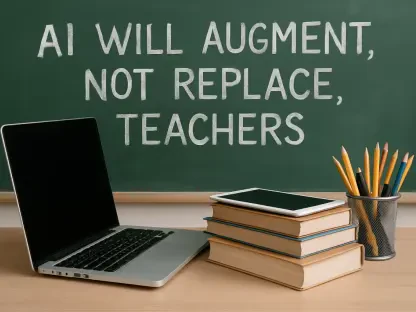In today’s rapidly evolving job market, there is a pressing need to significantly overhaul arts graduate education in Canada, particularly within social science and humanities master’s and doctoral programs, to align them with current labor market demands. These programs are presently misaligned with labor market needs, often preparing students for academic careers that are both scarce and not meeting relevant career training requirements. This misalignment presents significant challenges for graduates entering the labor market and raises important questions for educational departments.
The Current Ineffectiveness of Arts Graduate Programs
Loleen Berdahl, along with co-authors Jonathan Malloy and Lisa Young, argues in their book “For the Public Good: Reimagining Arts Graduate Programs in Canadian Universities” that the existing model for arts graduate education is largely ineffective. The outcomes data highlighted in their book underscores several concerning points. Less than a quarter of arts graduate students rate their career training as high quality. Additionally, employment rates for arts graduates tend to decrease as their educational level increases. Most notably, the majority of arts PhD students who usually aspire to academic careers end up in non-academic roles for which they have little to no preparation.
Introducing the EDITS Model for Comprehensive Redesign
To address these issues, Berdahl and her co-authors advocate for a comprehensive redesign of graduate programs in the social sciences and humanities. They introduce the “EDITS” model, standing for Efficient, Deliberate, Inclusive, Talent-developing, and Student-focused. This model aims to guide departments in creating programs that not only nurture student skills effectively but also connect their studies to broader societal and economic needs. A focal point of this redesign is the emphasis on “talent development.”
Emphasizing Talent Development and New Literacies
Central to being talent-developing, a graduate program must explicitly nurture and apply one of the three “new literacies” identified by Joseph E. Aoun as critical for the technological economy. These include Human Literacy, the ability to adapt to social contexts, communicate effectively, and collaborate with others. Data Literacy involves the skill to use data effectively and critically. Lastly, Technological Literacy encompasses the ability to work with technology, apply numeracy skills, and engage in design thinking. Talent development should be concretely integrated into program-level learning outcomes and course-level objectives, surpassing vague claims of imparting “critical thinking” and “communication” skills, requiring instructors to actively teach and assess these competencies.
A Rubric for Assessing and Improving Programs
To aid faculty in evaluating and enhancing their programs, the book offers a rubric for assessing the current state of talent development. This rubric includes dimensions such as program learning outcomes, course learning outcomes, and the utilization of teaching and research assistants. It also covers evaluation methods and connections to the external world, such as industry partnerships and real-world applications. Programs can leverage this rubric to identify areas needing improvement and transition from unsatisfactory to good or excellent in terms of talent development.
Engaging the Community for Change
In today’s rapidly changing job market, there is an urgent need to significantly revamp arts graduate education in Canada, especially within social science and humanities master’s and doctoral programs. These programs are currently not in tune with labor market requirements, often preparing students primarily for academic careers. However, academic positions are becoming increasingly scarce and these programs lack the necessary training for relevant career opportunities outside academia. This disconnect poses substantial challenges for graduates attempting to enter the labor market, as they find themselves with skills and knowledge that do not align with current job demands. Educational departments must address this gap to ensure that graduates are better equipped for a wider range of career paths. By rethinking the structure and focus of these programs, educational institutes can help bridge the gap between academic training and labor market needs, ultimately fostering a more versatile and adaptable workforce that can thrive in today’s diverse job environment.









